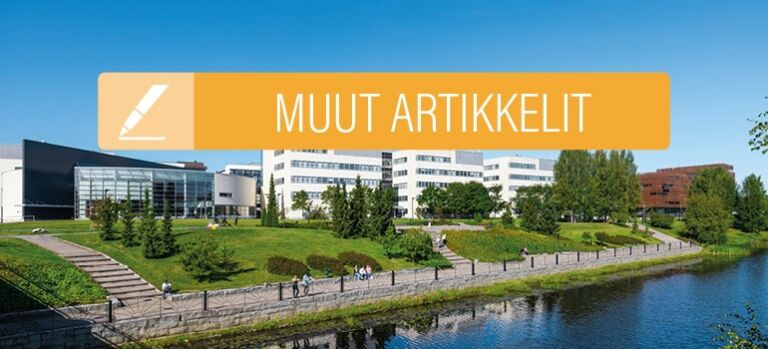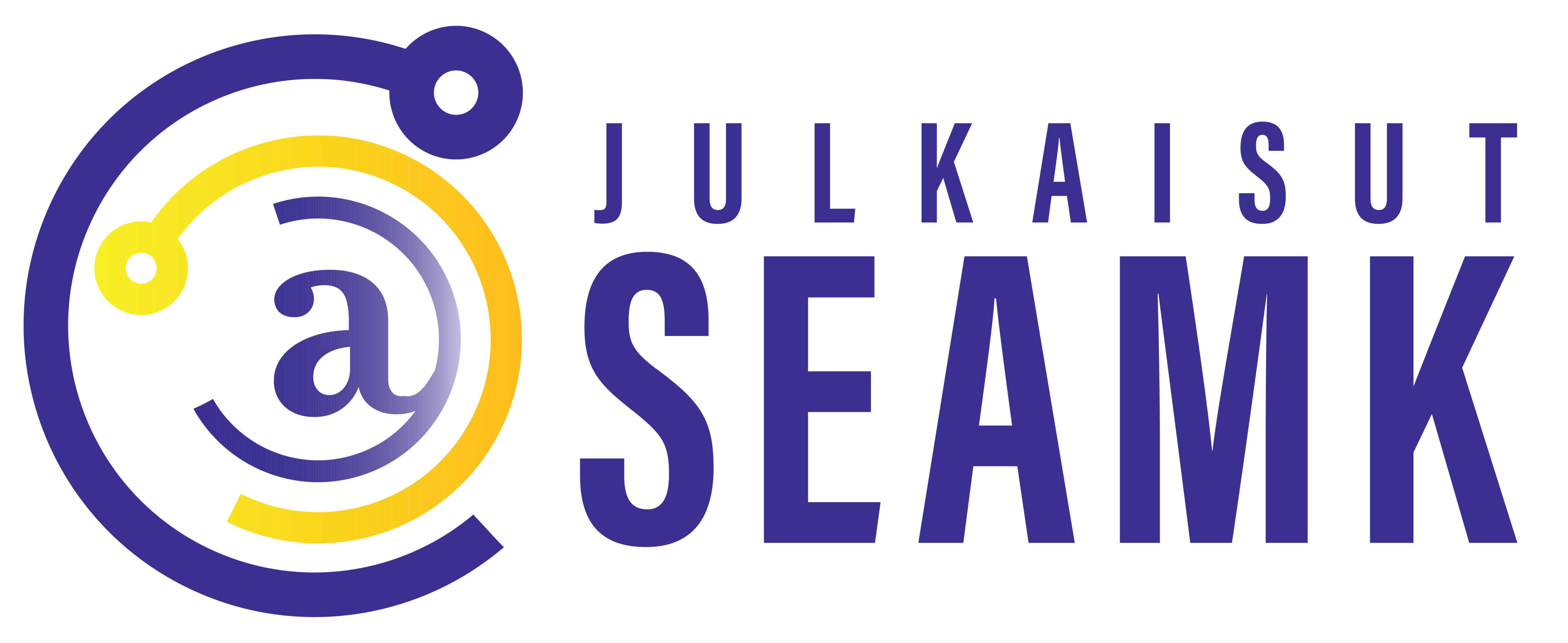Multilingualism and Language Repertoires in Interaction

Lue suomeksi täällä
In October 2023, I participated in the International Conference on Multilingualism and Multilingual Education in Malta. The conference focused on linguistic and sociolinguistic perspectives on the skills and practices of bilingual and multilingual speakers, as well as educational approaches to understand them better. Researchers, educators, and education organizers from around the world were attracted to engage in diverse discussions and delve into scientific research.
The presentations covered contemporary insights into areas such as the simultaneous acquisition and learning of multiple languages (L3, L4, Lx), psycho- and neurolinguistics in multilingualism, CLIL, and translanguaging pedagogy. The discussions also included early childhood education environments, bilingual and multilingual education, language and cultural awareness, language policy, and issues at the intersection of multilingualism and globalization. This experience enriched my understanding of the various dimensions of multilingualism and provided new perspectives for future development projects and research in the field of education and language learning.
Multilingual Environments in Higher Education: A Case Study of International Degree Programs
In my presentation titled “Understanding International Degree Students’ Integration, Social Inclusion and Third Language Acquisition: Exploring English as L2 and Finnish as L3 in Multilingual Spaces,” I examined perspectives on the acquisition of a third language by international degree students. Often, the first language of international degree students, possibly their mother tongue, is a language other than English. At SeAMK, for instance, English is used as the second language (L2) in international degree programs, which may place Finnish as the third language (L3), creating a highly multilingual environment. Finnish is perceived as a third language, especially when learning does not occur in the context of language use, such as in online distance learning. Despite international degree programs being in English, the mandatory study of Finnish adds not only to professional skills but also introduces a new language. The background data for my presentation were derived from an analysis of interviews with university staff (n=27). Conference participation sparked fresh ideas and reinforced questions related to these themes.
Leveraging Linguistic Resources as Pathways to Possibilities
I participated in a panel discussion on “Multilingual Approaches to Language Teaching and Learning.” The opening words emphasized the global, increasing interest in multilingual teaching methods and their role in societal changes.
The panel presented research findings from various European language areas, exploring the resources and expertise available to teachers and learners to address multilingualism. The discussion in the panel covered various pedagogical perspectives, especially how to incorporate, promote, and allow multilingualism in teaching language and thematic content. For example, CLIL, which stands for Content and Language Integrated Learning, refers to a teaching method where subjects are taught in a foreign language. In this method, students receive instruction in both their mother tongue and a foreign language, with these languages forming an integrated part of the instruction.
In addition to CLIL, translanguaging and the use of language resources in teaching and learning were central throughout the panel and the conference. Translanguaging pedagogy is language-aware pedagogy that recognizes every language as a language of learning, placing every teacher in the role of a language teacher, not just a language teacher (Lehtonen, 2021).
Translanguaging Pedagogy and Its Role in Multilingual Approaches to Teaching and Learning
Language learning and content learning in a multilingual environment can be supported through translanguaging, utilizing multimodal support such as visual models and verbal support like phrases and rephrased sentences. Simultaneously, the teachers can facilitate students’ awareness of their own language learning processes and broaden their experiences in multilingual environments. This kind of support can be provided not only in, for example, Finnish language learning sessions but also when teaching content. In one presentation, titled “Sociolinguistic competence in L2 learning through multilingual and multidialectal translanguaging practices” (Katharine Burns & Khaled Al Masaeed), researchers delved deeper into translanguaging practices.
According to the researchers, translanguaging recognizes the abilities of multilingual students and speakers to choose and use their entire language repertoires systematically and creatively. Language repertoire use means that an individual, in interaction and participation, can use all the linguistic resources at their disposal, including different languages, visual, and bodily expressions. This perspective challenges long-held notions of multilingual and multidialectal practices, such as considering deviations from norms as indicators of incompetence when a speaker deviates from linguistic norms in social interaction.
Translanguaging pedagogy takes into account both named languages and language forms that happen to be tools of instruction, as well as the essential role of learners’ language repertoires in learning a new language. According to the presented research, translanguaging helps us overcome long-standing monolingual ideologies, such as the use of standard language and only the target language, which are still widely adopted in extensive discussions. These ideologies conflict with the sociolinguistic reality of the current globalized world. The impact of these ideologies extends not only to how we teach and learn languages and their forms (and their speakers) but also how we research and assess learning outcomes.
Embracing Diversity in Language Use: A Call for Language-Aware Communities
The conference provided a comprehensive overview of the current state of multilingual approaches and their impacts on language teaching and functioning in multilingual environments. Key discussions offered valuable insights into how multilingualism can be effectively promoted in education systems globally and also here in South Ostrobothnia. This does not necessarily mean that our task is to switch to English but to use our own language repertoire more boldly. Sometimes, the contribution can be the Finnish language.
“A language-aware community, through its choices, can both ensure understanding and open up opportunities for those whose first language is not Finnish to learn Finnish. It is essential to recognize that language learning requires opportunities to use the language and participation as a member of the language community. A Finnish-speaking language community may seek to ensure the participation of an international worker [or student] by using English as the language, but at the same time, this choice excludes the international worker [student] from the community of Finnish speakers.” (Lehtimaja et al., 2022.)
As providers of higher education, we need to consider how we identify and acknowledge the secrets of our multilingual environment and pedagogical methods to leverage our own and our students’ language repertoires and help them navigate themselves into the South Ostrobothnian community. Are we still relying on long-held notions of monolingualism, or are we opening up our own repertoires more boldly? Even in South Ostrobothnia, we mingle in the linguistic waters of standard language, dialects, and many languages and bodily expressions, not confined to a single or even bilingual trench.
Maiju Kinossalo
Expert and Researcher in International Education Services
SeAMK
Maiju Kinossalo serves as an expert on Inclusion and integration at SeAMK and is pursuing a doctoral dissertation in education. Her research focuses on the construction of life-storied identity, practices that enhance integration, inclusion and participation, and the development of multilingual literacy. Kinossalo also coordinates projects aimed at promoting integration.
Multilingual workplace practices can be found in this web link.
This is a link for Career and study advisors web page.
Lehtimaja, I., Kurhila, S., & Kotilainen, L. (2022). Monikielisyyden haasteet korkeakouluissa työntekijöiden näkökulmasta. [Challenges of Multilingualism in Higher Education from the Perspective of Employees] Kieli, koulutus ja yhteiskunta, 13(5).
